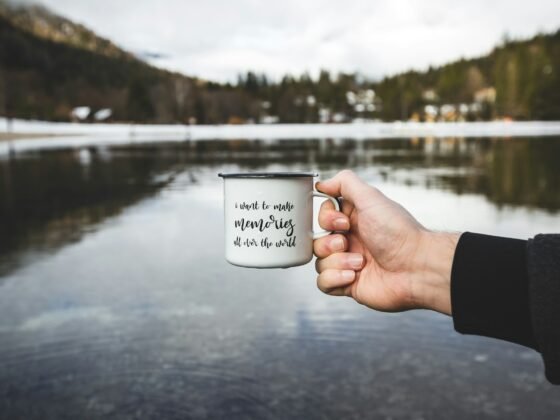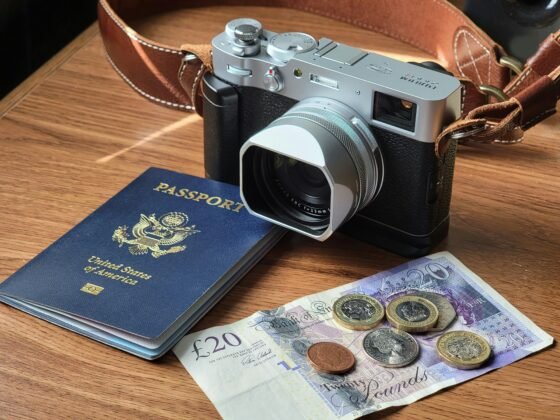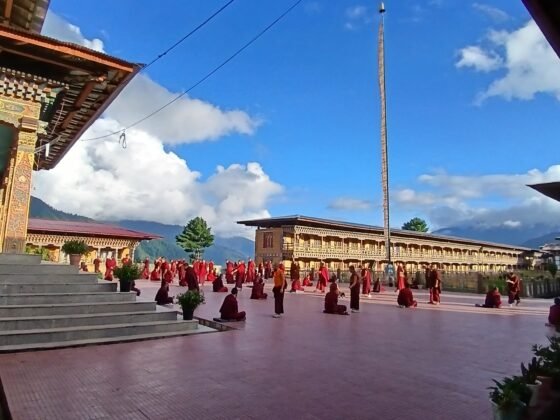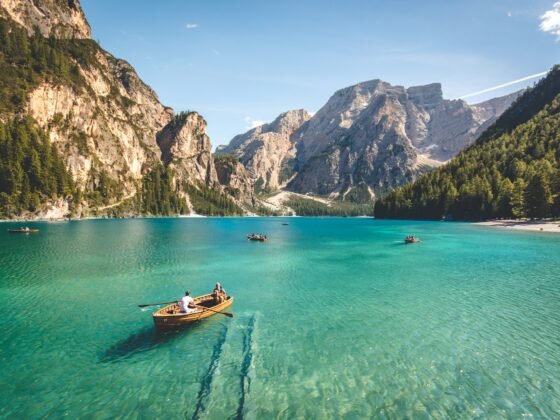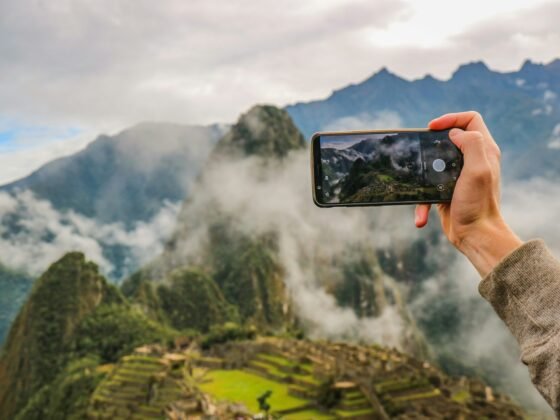
Forget about selfies with scenery backgrounds. Capturing the soul of a landscape, with its breathtaking grandeur and subtle moods, takes more than just a quick snap. Whether you’re a photography newbie or a seasoned pro, there’s always room to grow in this beautiful art form. It’s like a conversation with nature, where you learn its language of light, shadows, and angles to express its true essence. Below are some tips that’ll have you painting the world with your lens.
Take a Photo Tour
Photo tours organize big travel shoots with photography enthusiasts taking them to the world’s iconic sites to photograph. They are led by professional photographers and come with practical skills development, creative inspiration, and logistic support. In addition to learning techniques such as exposure, composition rules, light and HDR photography, you get a chance to forge new friendships while reigniting your love of capturing the world’s beauty.
Be a Light Chaser
To capture the essence of a place, you should focus on the magical moments of the sun. Sunshine acts as a spotlight, highlighting certain parts and casting dramatic shadows. Discover the magical moments where the sun flatters mountains with a golden glow, makes water sparkle like diamonds, or paints the sky in a fiery sunset.
Imagine sun bathing the peak of a mountain in golden glory, creating streaks of shimmering gold, and painting the clouds in fiery oranges and pinks, a breathtaking show that no filter can replicate.
Stay Composed
Imagine painting the landscape with your camera instead of a brush, using mountains, forests, and skies as colorful paints. Break the canvas into three equal parts, placing interesting elements like mountains or flowers where two lines meet.
This will create a balanced and alive picture. Then, use lines in the landscape like sneaky arrows, guiding the viewer’s eye to the heart of the photo. Think in threes for a balanced canvas and use sneaky lines to lead the eye to the star of the show, making your landscape photo a masterpiece everyone wants to see.
Understand Your Equipment
You should understand your camera’s key features, including aperture, shutter speed, and ISO if you want to capture stunning landscape photos. Aperture controls the opening size, shutter speed controls the shutter timer, and ISO boosts signal when light is scarce.
Keep ISO low and use it carefully in dim lighting. Lens power is crucial for landscape shots, with wide-angle and zoom lenses suitable for capturing vast vistas and mountain close-ups. Consult a guide or research for the best lens for your photography style.
Use a Tripod
You can enhance landscape photography using a tripod. A tripod to keep the camera steady so that no fuzzy lines occur, sharpening pictures of beautiful mountains, waterfalls or sunsets. It also opens up for longer exposures, letting more light in and produces wonderful shots that are not seen with quick snapping. This makes landscape photography more productive and hence is offering the best results for your clients.
Include Foreground Interests
Foreground interest in landscape photography can add depth and story to a scene. Examples include a mossy rock breaking up the landscape, a field of wildflowers adding color and life, or a crystal-clear stream reflecting the sky.
The best foreground element complements the background, adds drama or intrigue, and guides the viewer deeper into the picture. Keep an eye out for your new foreground friend to transform your ordinary landscape photo into something extraordinary.
Experiment with Different Perspectives
To turn ordinary into extraordinary, explore the landscape with your camera as your curious eyes. Consider becoming a groundhog, climbing a tree metaphorically, or getting close and personal. Lie on your belly, peer through rocks, and crawl under branches for a frog’s-eye view, revealing hidden details like delicate wildflowers.
Zoom in on a single leaf, spiderweb, or pebble for a macro perspective, revealing hidden beauty in small details. Tilt and shift your camera to add dynamic slant and create dreamy blurs and surreal effects. Experiment, break boundaries, and see the world through a new lens.
Post-Processing Enhancement
Post-processing is a crucial tool for enhancing landscape photos. It involves boosting contrast, adding extra sparkle, sharpening edges, and experimenting with styles. Contrast is the difference between light and dark areas, while saturation controls color intensity. Over-saturation can make the photo look harsh and unnatural, so aim for a natural look without being too harsh.
Sharpness defines the crispness of details, but be careful not to add unwanted noise. Experimenting with styles allows you to express your unique vision, from dreamy ethereal to bold, dramatic looks. Remember to experiment and find the style that speaks to your heart, making your landscape photo truly your own.
Endnote
Landscape photography is an ongoing adventure and each photo tour becomes another story of your artistic development. Play with angles, light , shadows and backgrounds but also know that sometimes things just don’t work. Every “bad” photograph is a lesson in life and as you progress, your style will develop. Make your photo tours be your playground, where you are setting new bars with each shot and enjoying the process. With patience and effort, you’ll build your own unique voice that will turn every landscape into a canvas for artistic purpose.



